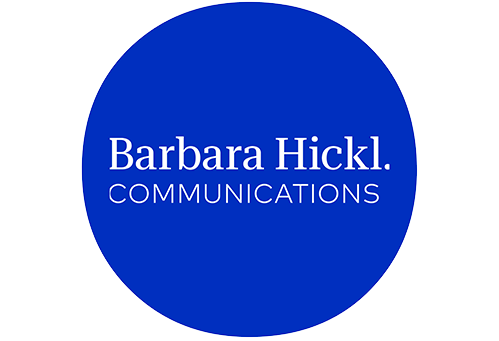The PR Agency for Architecture, Design and New Work
We would like to inform you that from 1 st of January 2024, hicklvesting GbR will become two separate agencies:
Barbara Hickl. COMMUNICATIONS and Vesting Communications.
Barbara Hickl will continue to represent the clients previously served in Berlin.
Nicole Vesting will remain the contact person for the clients previously served in Munich.
Our teams in Berlin and Munich will remain unchanged, as will of course the friendly communication between the two locations.
We look forward to hearing from you!
Barbara Hickl. COMMUNICATIONS
Barbara Hickl
Mommsenstraße 27
10629 Berlin
T +49 (0)30 319 903 88
M +49 (0)170 963 01 24
hello@barbarahickl.com
www.barbarahickl.com
Vesting Communications GmbH & Co. KG
Nicole Vesting
Klenzestr. 7
80469 München
T +49 (0) 89 3838 0185
M +49 (0)172 8369922
welcome@vestingcommunications.com
www.vestingcommunications.com

